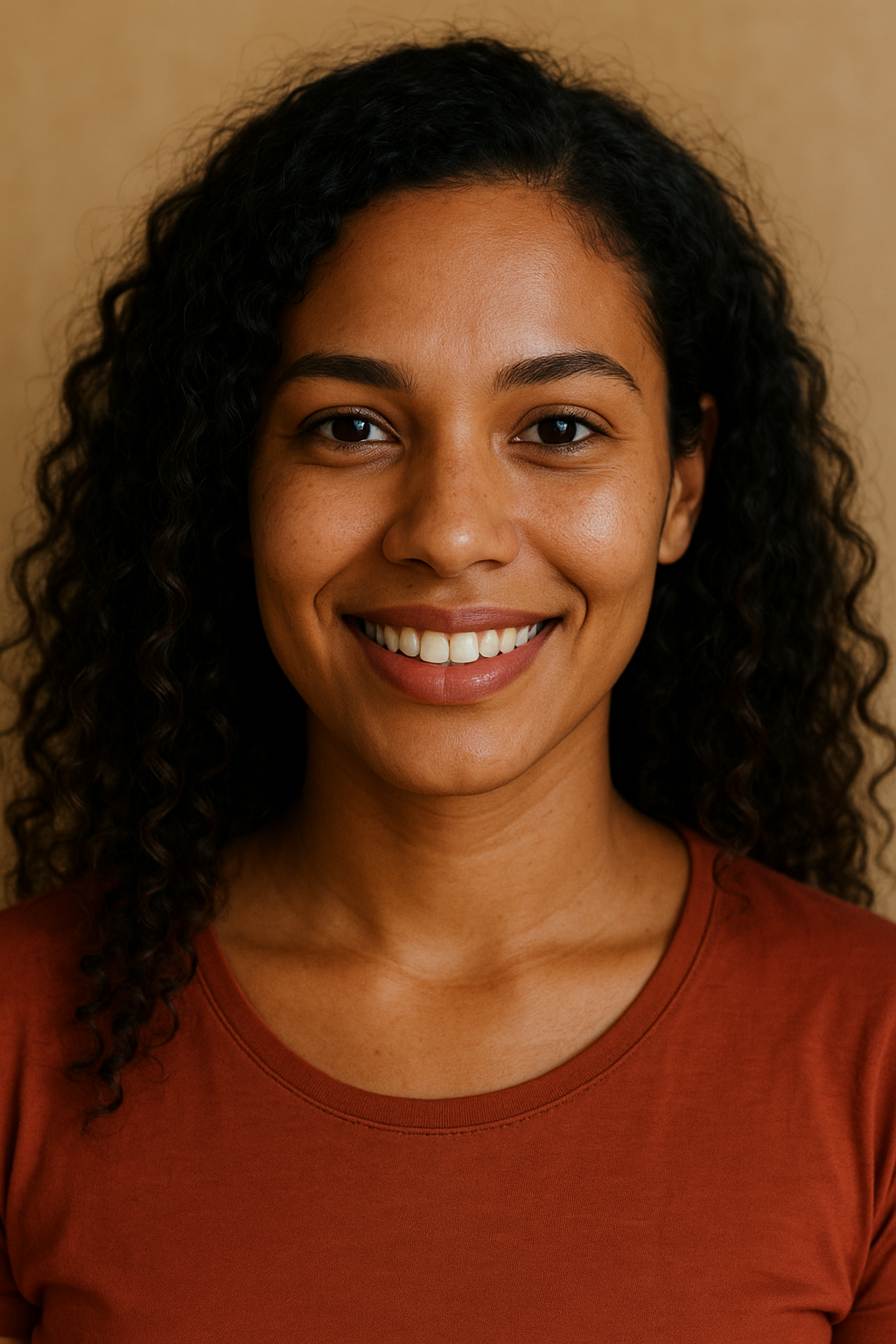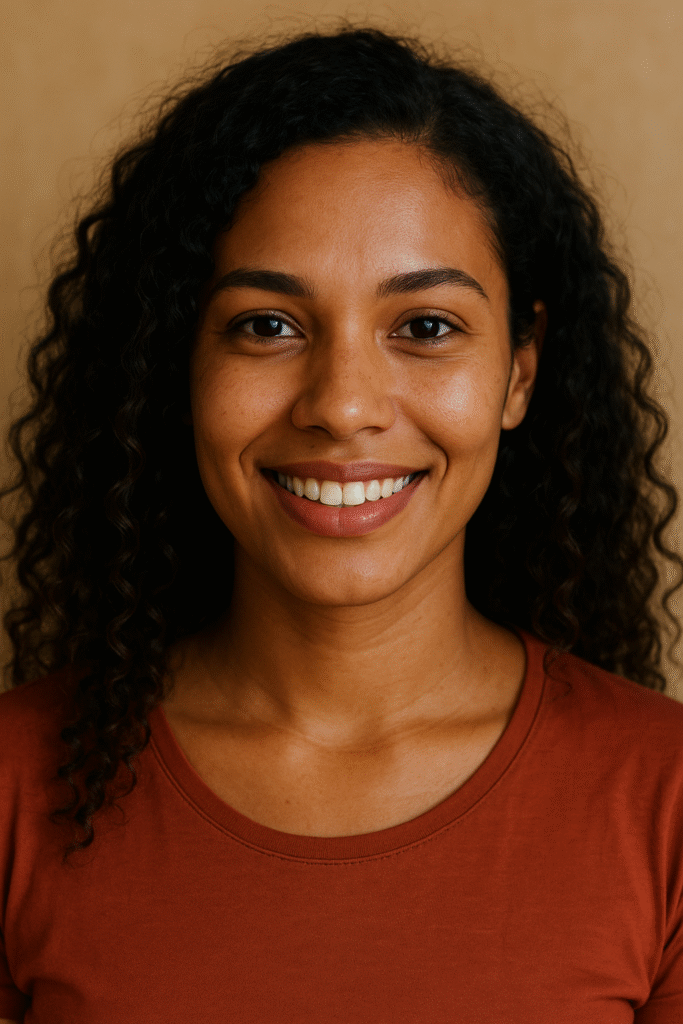For many fans who grew up in the 2000s, H2O: Just Add Water remains an iconic part of their childhood television experience. The Australian teen fantasy drama, which followed three ordinary girls who transform into mermaids with magical powers, was enchanting, whimsical, and surprisingly heartfelt. Yet despite its growing international fanbase, H2O ended after just three seasons, leaving audiences to wonder: Why was H2O: Just Add Water cancelled?
The answer isn’t as simple as a single cause. The end of H2O came from a combination of creative decisions, production realities, actor availability, and changing directions in children’s television. To truly understand the cancellation of the series, we need to explore both what was happening on-screen and behind the scenes.
The Rise of H2O: A Global Mermaid Phenomenon
Premiering in 2006 on Network Ten in Australia and later distributed globally via channels like Nickelodeon and Netflix, H2O: Just Add Water quickly developed a cult following. Its blend of fantasy and coming-of-age drama captured the imagination of a generation.
The story revolves around Cleo, Emma, and Rikki — three teenage girls living on the Gold Coast of Australia who accidentally become mermaids after encountering the mysterious Moon Pool on Mako Island. Once transformed, they discover that every time they come into contact with water, they instantly grow tails, and they also each gain a special ability: Cleo controls water, Emma freezes it, and Rikki boils it.
What made the show special was not only its fantasy premise but also its grounded emotional themes — friendship, identity, secrecy, and growing up. The stunning coastal setting and special effects only added to the show’s visual appeal.
With its popularity soaring, especially among young girls, H2O expanded to multiple markets and became one of Australia’s most successful children’s shows. It seemed like a show destined to continue for many more seasons.
Cast Changes and Departures: A Turning Point
One of the key reasons behind the show’s eventual cancellation was significant cast turnover. After Season 2, actress Claire Holt, who played Emma Gilbert, left the show to pursue other opportunities — including roles in U.S. productions like The Vampire Diaries. Her departure caused a major shift in the dynamic of the main trio.
In Season 3, a new mermaid, Bella Hartley (played by Indiana Evans), was introduced. While Bella brought fresh energy and a different power (manipulating sound waves), fans were divided. The chemistry between the original three girls had been one of the show’s defining strengths, and many long-time viewers struggled to adjust to the new trio.
While the writers worked hard to maintain continuity and explore new storylines, the departure of a beloved original cast member marked a turning point — both creatively and in terms of audience engagement. It’s common for teen drama series to rely heavily on cast consistency, and any major changes can lead to instability in viewership.
Creative Closure and Storyline Resolution
Interestingly, H2O: Just Add Water didn’t end on a cliffhanger. Season 3 wrapped up with a relatively satisfying conclusion — the girls protected the secret of Mako Island, defeated new threats, and reaffirmed their bond as mermaids and friends.
This narrative closure was somewhat intentional. According to interviews with series creator Jonathan M. Shiff, the team felt they had told the core story they set out to tell. Extending the series beyond its third season risked repeating old plotlines or diluting the magic that made it unique in the first place.
From a storytelling standpoint, H2O had a clear arc, and by Season 3, many key questions had been answered. Rather than dragging the story for commercial purposes, the creators chose to bring it to a natural and respectful end. While some fans hoped for a fourth season or a spin-off featuring the same characters, the showrunners believed it was time to move forward.
Budget and Production Considerations
Behind the scenes, producing H2O was no small feat. The show was ambitious for its time, especially for a children’s program. The underwater scenes, CGI tail effects, and aquatic transformations required a sizable budget and complex logistics. The special effects team had to custom-create mermaid tails for each actress, and the filming often took place in challenging conditions — including underwater tanks and open sea locations.
As the show progressed, the cost of production likely became a concern. Maintaining such a high standard of visual storytelling on a tight budget can wear down a team. While the show was a success, Australian children’s television in the 2000s did not always have the financial backing to support long-running high-budget series.
The increasing demand for visual effects, coupled with changes in the television funding landscape in Australia, may have made it unsustainable to keep the show running in its original format.
Shifting Focus: The Launch of Spin-Offs
Another key reason the original series ended was to make way for new stories in the same universe. Rather than continuing H2O indefinitely, creator Jonathan M. Shiff decided to launch a spin-off series — Mako: Island of Secrets (also known as Mako Mermaids). Premiering in 2013, Mako took place in the same fictional universe, but with a different cast and storyline.
This strategic decision allowed the creative team to explore the mythology of the mermaid world from a new perspective, with improved technology and storytelling techniques. Mako Mermaids was targeted at a slightly younger demographic, and its release on Netflix helped it reach a new generation of viewers.
While some fans hoped that H2O characters would make guest appearances, only Rikki (Cariba Heine) eventually returned for a brief cameo. The choice to separate the spin-off from the original may have disappointed some fans, but it also demonstrated the creators’ intent to expand the universe rather than remain tethered to a concluded storyline.
The Cast Moved On to Bigger Projects
Another practical reason H2O ended when it did was that its cast began to move on to other roles — both in Australia and internationally. Claire Holt found major success in Hollywood, starring in The Vampire Diaries, The Originals, and various films. Phoebe Tonkin, who played Cleo, also moved to the U.S. and landed roles in The Secret Circle, The Originals, and Bloom.
Cariba Heine continued acting in Australian series and eventually made her return in Mako Mermaids, but like her co-stars, she was exploring new opportunities.
As the original cast aged out of their teen roles and transitioned into adult acting careers, it became less realistic to keep portraying them as high school students discovering mermaid powers. Instead of recasting or rebooting prematurely, the creators decided to conclude the series with integrity.
Fan Demand and the Possibility of a Revival
Despite the show ending in 2010, H2O: Just Add Water has seen a major resurgence in recent years thanks to platforms like Netflix and YouTube. A new generation has discovered the show, often binge-watching all three seasons and reigniting nostalgia-driven discussions on social media.
There have been countless fan petitions and online campaigns asking for a fourth season, a movie sequel, or a reunion special. So far, no official revival has been confirmed, though the continued popularity of the show keeps the possibility alive.
The show’s creators have acknowledged the enduring love for H2O and expressed appreciation for its ongoing fanbase, but as of now, no new content is planned. The show’s magic, in many ways, lies in its original form — and sometimes, keeping that memory untarnished is the best tribute to its legacy.
H2O Wasn’t Cancelled Abruptly — It Was Concluded Purposefully
To call H2O: Just Add Water “cancelled” is perhaps a mischaracterization. Unlike many shows that are cut short mid-story, H2O ended on its own terms, after delivering a full narrative arc over three seasons. It faced the common challenges of aging cast members, production costs, and the natural life cycle of a teen drama series — but it went out with grace.
The series lives on through reruns, online streaming, and the memories of fans who were enchanted by the idea of three girls turning into mermaids under the full moon. Even though it’s been over a decade since the last episode aired, H2O continues to inspire a sense of wonder — proof that truly magical stories never really sink beneath the surface.


